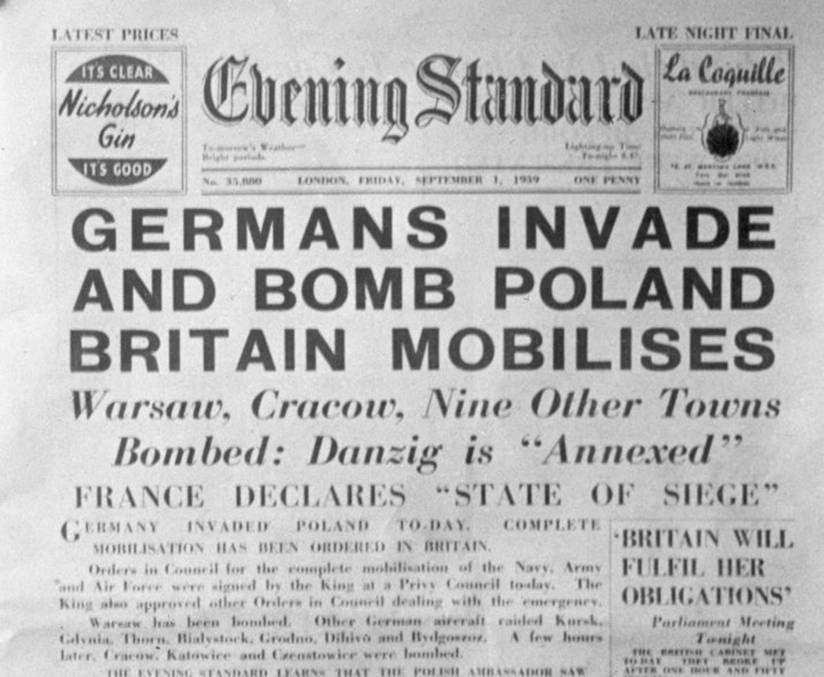
When the tensions started to build in Europe in the 1930s, the @USArmy had ample time to rebuild itself. But no money. 







Once war broke out in Europe in 1939, the US Army was given more and more money, but now time was scarce.
The @USArmyCMH Green Book on Prewar Plans and Preparations notes some similarities between the preliminaries, developments, and times immediately following both WWI and WWII: 



Prior to both wars, there was insufficient military spending, and this was largely due to the American public’s pre-war convictions that war could not reach the United States.
Then there was the hard lesson that war could in fact reach the United States, followed by a late rush for arms, men, ships, and aircraft to overcome the nation’s suddenly obvious military weaknesses.
Before the production and training programs for both wars, there were misunderstandings, delays, and costly expenditures, but we managed the gradual creation of a large and powerful army.
The US Army’s successes increased throughout WWI and WWII and eventually we came out of both wars victorious.
And immediately after both wars, there was a rapid demobilization and dissolution of the @USArmy as a powerful fighting force.
This was accompanied both times by a sharp reduction in military requests for appropriations, generally stemming from concern that there was no need to spend the money, along with a revived sense of hope that, again, war would not reach the US.
There's more to this story and we'll continue on Tuesday 🙂
If you're just tuning in or you've missed any of the previous threads, you can find them all saved on this account under ⚡️Moments or with this direct link twitter.com/i/events/13642…
If you're just tuning in or you've missed any of the previous threads, you can find them all saved on this account under ⚡️Moments or with this direct link twitter.com/i/events/13642…
• • •
Missing some Tweet in this thread? You can try to
force a refresh


















